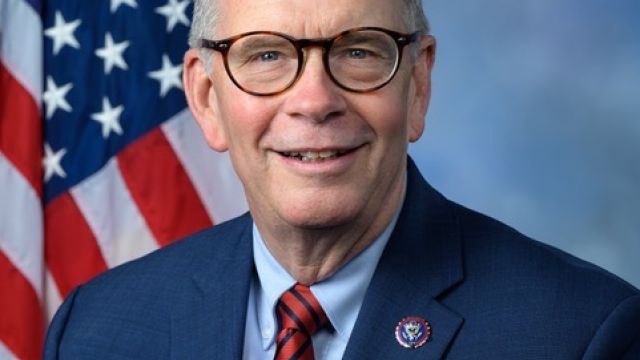
The Walkaround Rule is Misguided
Learn about the new Walkaround Rule can affect Small Businesses
By Tim Walburg
As we work together to help rebuild a strong economy, workplace safety is an important consideration in rule-making; however, the Walkaround Rule, which went into effect at the end of May, won’t bolster workplace safety but rather burden small businesses. This rule, which is essentially a codification of the Obama administration’s misguided Fairfax Memo, opens the door for potential abuse, intimidation, and disruption of business operations while distracting us from the common goal of workplace safety.
Unfortunately, this is yet another example of the Biden administration pursuing failed Obama-era policies. The Trump administration recognized the flaws in this misguided approach and revoked it in 2017. The policy was as bad then as it is now.
To level set, the Occupational Safety and Health Administration (OSHA) has long allowed employee representatives to accompany health and safety officials during their workplace inspections.
However, under longstanding policy, these employee representatives were required to be employees of the company or be third parties reasonably necessary to conduct the inspection. Now, under the new rule, outsiders who would not otherwise have any right to inspect a workplace would be given authorization to enter and scrutinize a workplace. This opens the door for proprietary information to be disseminated, as well as other private and sensitive practices to be opened up to a third party. This rule extends to job sites that are not unionized.
Union representatives can now be permitted to roam around a non-union shop and scope out every aspect of a business under the thinly veiled guise of workplace safety. It would be extremely naïve to believe that this access would not be abused or otherwise used to pursue an aggressive organization effort. To be frank, this is the intention of the rule. It is not about increasing workplace safety but rather tipping the scale. Some union representatives have even admitted that workplace safety isn’t the goal of the rule.
While unions have played an important role in the American workplace, this rule hijacks an important mission. OSHA should not be utilized in this manner. Allowing third-party non-employees to review records, conduct interviews, and examine machinery can quickly devolve and produce anxiety for everyone involved, not just job creators but employees too.
Those who will suffer the most from this rule are our small businesses. Already heavily burdened by surging costs, workforce shortages, and increased regulatory burdens, accommodating union representatives during inspections is yet another encumberment that will divert already-strained resources from important goals. Unlike larger corporations, most small businesses don’t have the compliance and legal staff dedicated to handling outside intrusion.
Clearly, employers view this rule as an interference in the workplace environment, but employees may also experience unwanted prying into their lives. Under this rule, employees may be subjected to harassment and pressure from union representatives seeking to influence them. We’re all aware of organizing tactics that have crossed the line and the exposure of sensitive data collected to influence employees. Permitting unchecked access raises grave concerns about what some employees may be subjected to, including coercion and intimidation.
Instead of pursuing an agenda that prioritizes union interests, we should come together to strike the right balance between workplace safety measures and flexibility for our small businesses to thrive in a difficult regulatory and workforce environment. Only through such a balanced approach can we truly promote the well-being of workers while safeguarding the vitality of our small businesses and economic prosperity.
The Committee on Education and the Workforce has examined this rule through hearings and document requests, and the conclusion is clear: this rule is misguided and an abuse of OSHA on behalf of Labor special interests.
Safety and transparency are critical, as are trust, cooperation, and privacy. From opening the door to employee intimidation to risking proprietary information, this rule goes far beyond a reasonable, measured approach and will cause great damage to small businesses across America. One way or another, this rule must be reversed.
About the Author















